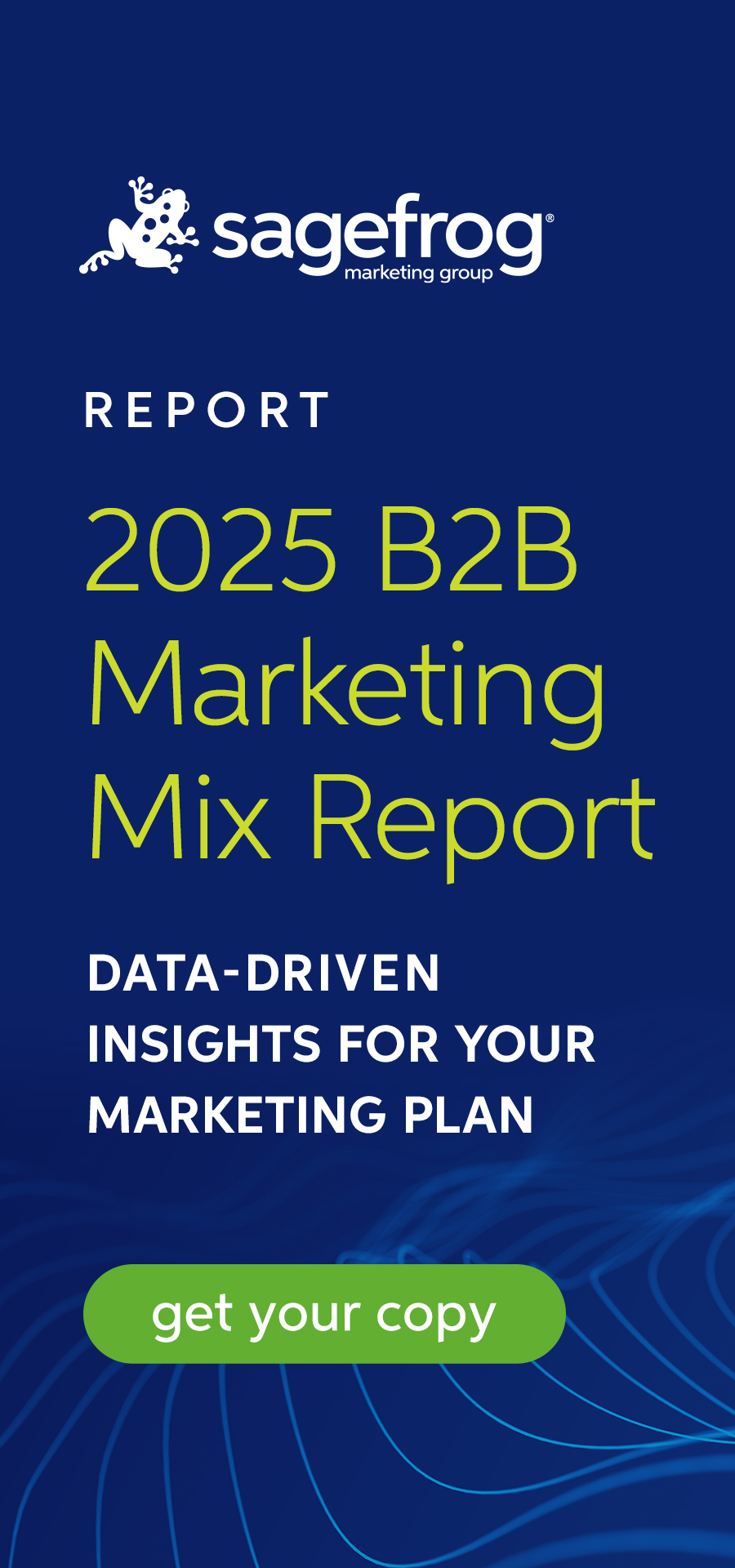Sales and marketing, marketing and sales. Is your B2B, healthcare or technology company struggling to gain qualified leads and close major deals? Does your sales and marketing strategy include content marketing? It better! Content marketing is a powerful strategy due to its dexterity as both an inbound and outbound tactic. When optimized properly, content marketing lets your leads find you, and when integrated with the rest of your channels such as paid and sponsored advertising, you can find them. To master the art of content marketing and gain ROI, it’s important to understand how different content correlates directly to the stages of the Buyer’s Journey and helps potential customers consider your company.
Learn what information you need to provide your leads with during each stage of the Buyer’s Journey and how to ensure your content gets found.
1. Awareness Stage
During this initial stage, someone has realized and expressed symptoms of a potential problem or opportunity and is focused on finding neutral third-party information around it. To capture the eyes of this potential lead, your marketing department needs to offer educational content such as analyst and research reports that are properly optimized to be found online, using key terms such as troubleshoot, resolve, upgrade or improve.
2. Consideration Stage
At the consideration stage, that “someone” has now defined and given a name to their problem or opportunity, and is interested in understanding all available approaches and methods to solving the issue. To be considered by this lead, your marketing and sales departments need to collaborate on providing comparison whitepapers and expert guides to showcase the benefits of your solution. Optimize this content with search terms like solution, provider, service or software.
3. Decision Stage
We’re almost there! This is the final stage in the Buyer’s Journey where your qualified prospect has defined their solution strategy, method or approach. Before your prospect commits however, he or she may research supporting information, data and reviews to make or recommend their final decision. Your sales department needs to offer content that will make the case for your solution, including case studies, trial downloads and product literature. Though this information may be directly provided to the prospect, it’s still important to optimize it with words such as pros and cons, review or versus.
Get the most out of the content you produce by considering and incorporating elements of the Buyer’s Journey into each piece. When it comes down to it, content marketing is simply the online form of traditional research and informed-decision making. So, don’t let the term scare you – rather, let it guide you to guide them.
Did you find these tips helpful? Here are other resources you might enjoy!

